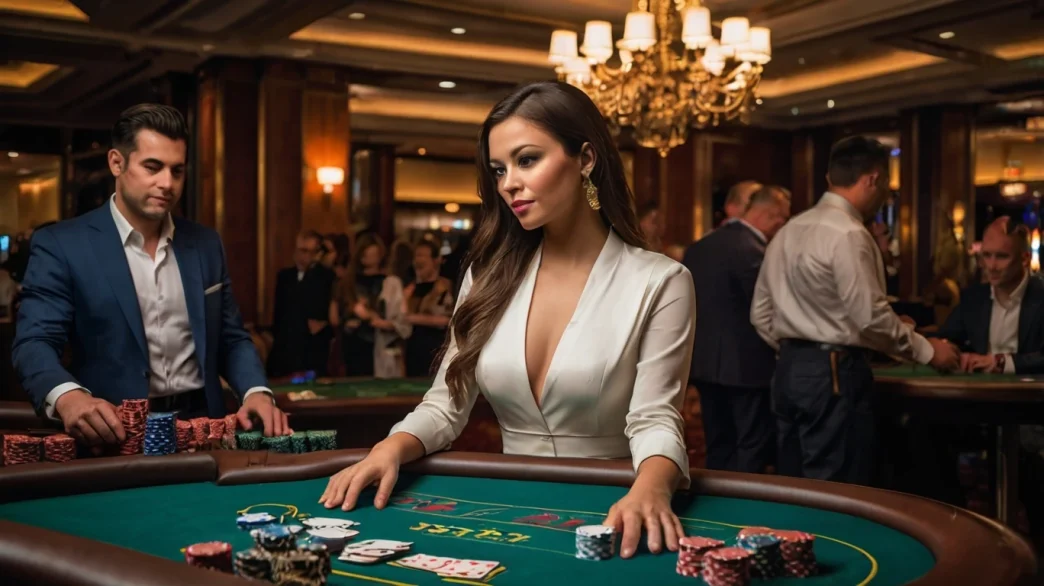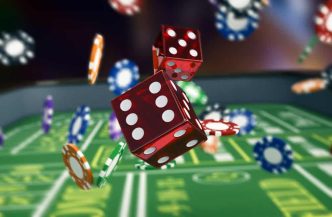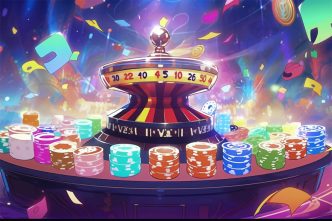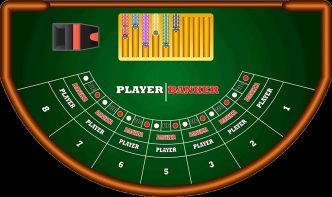Blackjack, also known as 21, is a staple in casinos worldwide, celebrated for its blend of strategy and chance. The game’s objective is straightforward: achieve a hand value closer to 21 than the dealer without exceeding it.
Understanding the Basics
- Card Values:
- Number cards (2-10): Face value.
- Face cards (Jack, Queen, King): 10 points each.
- Aces: 1 or 11 points, depending on which benefits the hand more.
- Gameplay Objective:
- Beat the dealer by having a higher hand value without busting (exceeding 21).
Gameplay Structure
- Initial Deal:
- Each player and the dealer receive two cards.
- Players’ cards are typically dealt face-up; the dealer has one card face-up and one face-down (the “hole” card).
- Player Options:
- Hit: Take an additional card to increase hand value.
- Stand: Keep the current hand and end the turn.
- Double Down: Double the initial bet, receive one more card, and then stand.
- Split: If holding two cards of the same value, split them into two separate hands with individual bets.
- Surrender: Forfeit half the bet and end the hand immediately (available in some games).
Dealer’s Play
- After all players have completed their turns, the dealer reveals the hole card.
- The dealer must hit until reaching at least 17.
- In some variations, the dealer hits on a “soft 17” (a hand totaling 17 with an Ace counted as 11).
Winning and Payouts
- Blackjack: A two-card hand totaling 21 (Ace + 10-point card); typically pays 3:2.
- Standard Win: Player’s hand is higher than the dealer’s without busting; pays 1:1.
- Push: Player and dealer have hands of equal value; bet is returned.
- Insurance: A side bet offered when the dealer’s upcard is an Ace; pays 2:1 if the dealer has blackjack but is generally not recommended due to unfavorable odds.
Basic Strategy Tips
- When to Hit or Stand:
- Hit if your hand is 8 or less.
- Stand if you have 17 or higher (unless it’s a soft 17, where you might hit or stand based on the dealer’s upcard).
- For hands between 9 and 16, your decision depends on the dealer’s upcard. Hit if the dealer shows a 7 or higher; stand if it is lower than 7.
- Doubling Down:
- Double down if your hand value is 10 or 11 and the dealer’s upcard is 9 or lower.
- Double down with a hand value of 9 if the dealer’s upcard is between 3 and 6.
- Splitting Pairs:
- Always split Aces and 8s.
- Never split 10s or 5s.
- Avoiding Side Bets:
- Side bets like insurance often have a higher house edge and are generally not recommended.
Variations and Rule Differences
- Number of Decks: Fewer decks can slightly reduce the house edge.
- Dealer’s Actions on Soft 17: Rules vary; some dealers hit on soft 17, others stand.
- Payout Ratios: Traditional blackjack pays 3:2; some games offer 6:5, which increases the house edge.
- Surrender Options: Not all games offer the surrender option; it allows players to forfeit half their bet to end the hand early.
Conclusion
Understanding the rules and strategies of blackjack is essential for improving your odds and enhancing your gaming experience. Always play responsibly and continue learning to refine your skills.








CSnoKH ymSySImL NLu YzRzPTcA RoCnJe jSLGGnH
https://cr-v.su/forums/index.php?autocom=gallery&req=si&img=3950
Awesome https://is.gd/tpjNyL